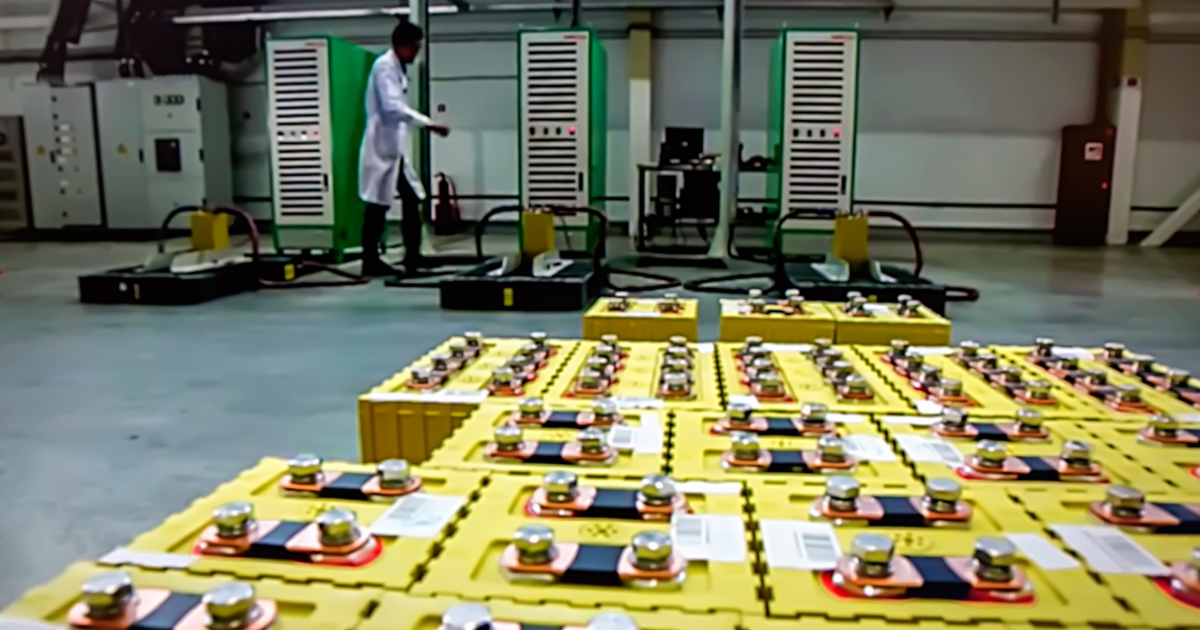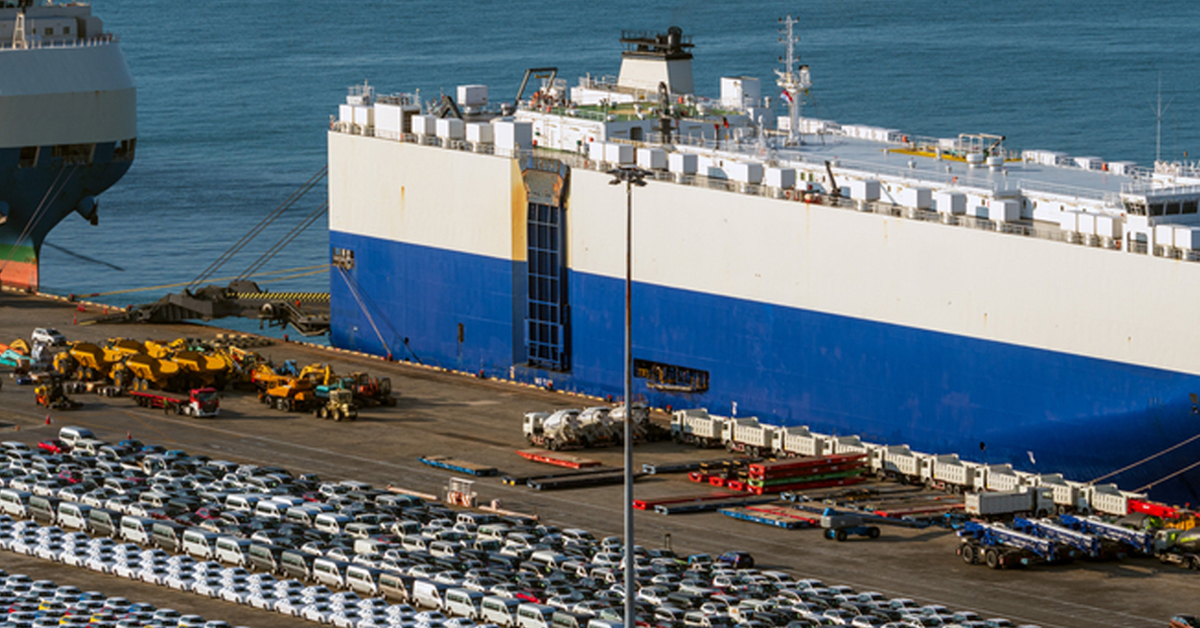Recent government initiatives have strongly endorsed and promoted electric vehicles (EV) over the next few decades. Acts such as The Inflation Reduction Act (IRA), the Infrastructure Investment and Jobs Act, and the CHIPS and Science Act have been created to bolster the US battery and semiconductor industries. The White House also released the National Blueprint for Lithium Batteries which roadmaps the future of the industry from 2021 to 2030. Key goals of the blueprint are to improve raw material sourcing, supply domestic processing of lithium, and encourage recycling lithium.
As the US continues to encourage electric vehicle (EV) adoption, a looming question hangs in the air: where will the lithium batteries come from? With this question, the list of questions only multiplies. From where will the US source materials? Can the US compete with China? How much must the US invest to produce batteries domestically?
Li-Bridge, a public-private alliance convened by the US Department of Energy (DOE) and managed by Argonne National laboratory, was formed in early 2022 to answer these questions and uncover if the National Blueprint for Lithium Batteries is actually feasible. The main mission of this task force is to accelerate the development of a sustainable domestic lithium battery supply chain in North America.
On February 15, 2023, Li-Bridge released an in-depth report, “Building a Robust and Resilient US Lithium Battery Supply Chain”. The report is the result of a collaboration of more than 40 companies across market leaders and start-ups from the automotive, advanced battery, mining, and chemical, and electric utility sectors. This blog will cover the findings of the Li-Bridge report, steps towards accelerating the supply chain, and the outlook for the future of lithium-ion batteries in the US.
The Current Landscape of Lithium in the US
After ten months of research, Li-Bridge assembled several truths about the current state of the lithium battery industry in the US. Following is an overview of those truths.
Hand in hand with electric vehicles, lithium batteries are here to stay. Global demand is expected to increase by more than 5X and US demand by nearly 6X by 2030 according to Li-Bridge. Li-Bridge concluded that lithium batteries will become of the norm for vehicles manufactured over the next 50 years, and will also become commonplace in military systems, power grids, and consumer medical, and industrial electronics — making lithium batteries one the key technologies of the 21st century.
Currently, the US significantly lags behind other countries, particularly in two areas: manufacturing knowledge and access to raw and refined materials. Other nations have been steadily growing their manufacturing base for much longer than the US. As of now, the US captures less than 30% of the economic value of each battery on the US marketing — while China-based companies capture 90% of each battery cell.
Over time, this deficiency in lithium-ion batteries could be of serious detriment to US national and economic security, considering that downstream industries contribute more than 20X the gross domestic product and job contributions of the battery industry alone.
However, if the US can implement Li-Bridge’s action plan, the US battery industry could reach $33 billion per year by 2030 — and generate 100,000 new jobs. The director of the Argonne Laboratory, Paul Kearns, commented, “As the Li-Bridge facilitator between private industry and the Federal Consortium for Advanced Batteries, Argonne believes adoption of the reports recommended actions can set the nation on a path for battery manufacturing and supply chain success.”
Li-Bridge’s Path to Domestic Production
In the report, Li-Bridge highlights 26 recommendations (and 5 broad objectives) for making a domestic lithium battery industry a reality. According to the first broad objective, the US must encourage investment in technology and production through supply and demand incentives. In addition to tax incentives offered by the IRA, the US should prioritize rewarding localization of production facilities and research and development. This coincides with the second objective: supporting research, innovation, and research and development.
Third, the US must help companies acquire raw minerals, energy materials, and low-carbon infrastructure. This should include a strategy for recycling lithium battery materials. The US secretary for economic growth, energy, and the environment, Jose W. Fernandez spoke at the Indaba Mining Conference this February saying, “If we succeed, recycling will reduce demand: by 2040, 10% of electric vehicle [EV] battery materials could come from recycled copper, lithium, nickel, and cobalt…that is a significant amount.”
Fourth, the US needs to address know-how gap by investing in workforce training. Currently, the US lacks skilled worker training and expertise in high-volume, large-scale production. There is also a know-how gap for midstream activities such as battery-grade material processing, active material and component production, cell manufacturing, and end-of-life battery logistics.
Finally, the US should establish an enduring public-private partnership to support the industry. By creating a central office to coordinate and oversee progress, the US can ensure efforts are as efficient and effective as possible.
Roadblocks to Achieving Success
To achieve the objectives laid out by Li-Bridge, there are several problems and challenges the US faces. The US supply chain is a major roadblock to growing the industry — particularly in upstream and midstream activities. The supply chain is highly vulnerable to disruptions for two reasons.
First, global manufacturing and battery materials are concentrated in one area. China controls the largest global capacity share with 75%+ of cell production, 70%+ of processed energy material production, and 60%+ of energy materials and refinement. Overall, 1/3rd of the world’s EV batteries come from the Chinese company CATL (VisualCapitalist.com).
Second, raw materials needed to assemble batteries are projected to be in short supply over the next decade as demand grows faster than extraction capacity. Over the last ten years, global competitors have bought most of the limited supply of commodities integral to the production of lithium-ion batteries. EV batteries are made up of lithium, nickel, cobalt, copper, and graphite which have all faced shortages in 2022 (AZO Materials). For lithium in particular, BP’s Statistical Review of World Energy published in 2022, shows that Australia, Chile, and China have produced the most lithium over the past 25 years — highlighting the challenge the US faces in securing lithium.
If the US manages to overcome these challenges through building a resilient lithium-ion battery supply chain, the future looks promising. The Deputy U.S. Energy Secretary David M. Turk commented, “The Biden-Harris administration investments in battery manufacturing and supply chain have set our country on a path towards a transportation system that provides cleaner and more accessible mobility options, provides good-paying jobs for American workers, and secures our national energy independence. The public-private partnerships described in this report will be crucial to realizing that safer, cleaner future that will benefit generations of Americans to come.”
The Future of Lithium-Ion Batteries in the US
To answer the question, “Can the US produce lithium-ion batteries domestically?”, the answer is no — the US alone cannot. Creating lithium-ion batteries solely in the US would be unrealistic and too expensive for several reasons. First, the US doesn’t have the population and demographics to support large-scale manufacturing and logistics, like Asia, Mexico, and Central America.
Next, mining rare earth elements (REEs) in the US has been an uphill battle. In the 1990s, the only major US REE supplier, Mountain Pass, went bankrupt — and mining operations quickly shifted to China. Since then, Mountain Pass has been revived as MP and has shown progress. However, building supply chains that aren’t dependent on China will be a “very long-term project,” according to Shahzaib Khan, Resilinc’s senior director and leader of CommodityWatchAI, which tracks supply and pricing trends for cobalt and other commodities.
Thankfully, Li-Bridge is working to accelerate the lithium battery supply chain in North America — not just the United States. By adhering to the Pan-American supply chain vision Li-Bridge has outlined and not just reshoring supply chains, but “ally-shoring” them, the reality of a domestic supply chain becomes more plausible.
For more information on the Pan-American supply chain please check out our Webinar: The Case for a Pan-American Manufacturing Ecosystem.






